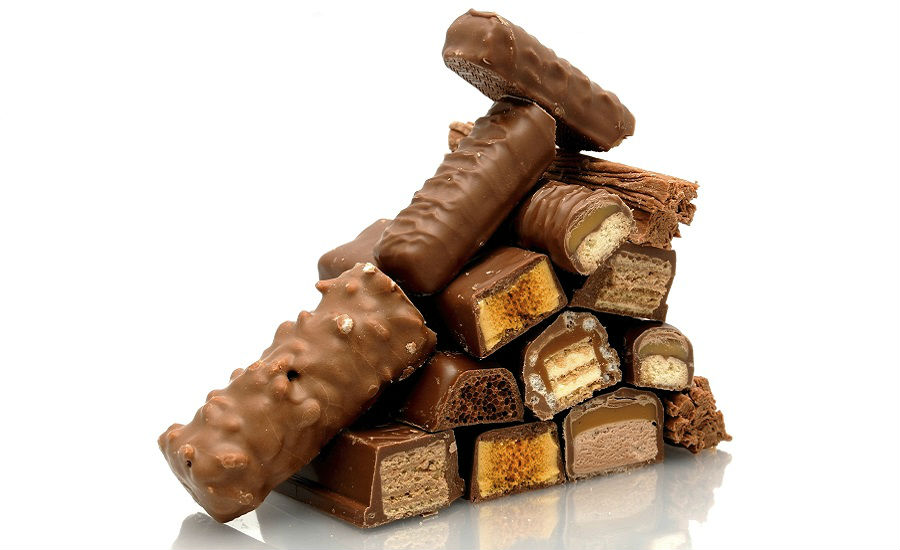In surveying flavor executives, candy technologists and marketers for our two-part flavors article in the March and April issues of the magazine, one of the questions posed involved the emergence of super fruits and super seeds with the premium and better-for-you confectionery segments.
Christoph Witte, head of product management B2C, Döhler, responded accordingly: “We are convinced that super fruits and super seeds will find their way into the mainstream, and the key here is ‘Soft Health.’ This means that although consumers are now largely very health conscious and well-informed, there is still room for indulgence. Health and indulgence are no longer mutually exclusive. So, where super fruits and seeds come into play is in premium or better-for-you products that are inspired by nature. Already, a huge number of confectionery innovations with super fruit ingredients have entered the market, and super seeds and grains are also trending.”
Although I wholeheartedly agree with Witte, I’m just an editor. I don’t produce candy. But there are others who do — large, small manufacturers, even artisanal candy makers — and they have embraced the statement, “Health and indulgence are no longer mutually exclusive.”
At this month’s State-of-the-Industry Conference organized by the National Confectioners Association, several speakers reinforced the health and wellness trend as it applies to confections and snacks. At an early morning supplier member meeting featuring executives from Mondelez International, it became clear that this multinational’s focus rests on “well-being snacks.”
Currently, 35 percent of the company’s portfolio qualifies as well-being snacks. In a pre-lunch presentation, always a tough slot when one faces growling stomachs, Roberto Marquez, executive v.p. and president of North America, Mondelez International, noted that the company’s Good Thins snack under the Nabisco brand, hit $70 million in sales last year, making it the No. 1 newly introduced healthy snack.
The baked crackers come in potato-, chickpea- and rice-based varieties and with no artificial flavors, colors, cholesterol, partially-hydrogenated oils, or high-fructose corn syrup.
Yes, I realize we’re talking crackers here, which can be substituted for potato chips, pretzels and candy bars. And you know the folks at Mondelez aren’t just looking at the cracker segment as far as well-being snacks. They’ve already indicated that they need to address the premium chocolate segment in North America, filling that “key white space.” I’m sure that they see well-being chocolate snacks fitting it very nicely.
Later in the day, Brian Owens, director of retail insights, Kantar Retail, laid out the three macro trends affecting the retail landscape today: polarization, connectivity and fragmentation. Boring down deeper, he cited the following realities for confectionery growth: more display space for confections; more health and wellness products; more authenticity; more niche premium products and more points of distribution.
In zeroing in on health and wellness, Owens said that one of the driving factors behind this movement is the need to alleviate stress. It’s important to differentiate between the two, he added. Health represents functional products; wellness emotional items, Owens emphasized. “When it comes to new product introductions, “It’s all about fresh, local, natural, organic and healthy.”
So let me circle back to beginning, that is Soft Health — that’s were confections fit in beautifully. In this instance, I’m segregating the nutraceutical segment from indulgent offerings. Gummies with calcium and other actives definitely address the functional side of health.
But serve up chocolate with some healthy inclusions, everything from traditional favorites like almonds, walnuts, pistachios and macadamia nuts to something more exotic such as quinoa, chia or amaranth, and you’ve got a Soft Health product, a wellness item that relieves the stress and includes a dollop of better-for-you at the same time.
So tell me, how great is that?

